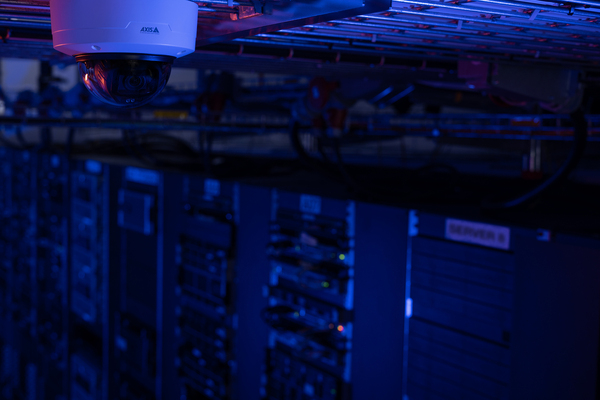Leading a coherent organisation in 2023

Cormac Watters at Oracle offers advice for bold change makers
After three years of ongoing crises, the economic climate over the next few years looks set to be nearly as tough. The global pandemic, shipping bottlenecks, and war in Europe will continue to cause significant and long-term disruption to companies’ operations and personnel. However, these challenges have also taught organisations not to let their guard down - it is during times of crisis that they depend most on resiliency.
Right now, consumer loyalty continues to be threatened by late arrivals, stock shortages, logistical disruption, and legacy IT infrastructure. Recent high-profile examples including retailers faced with staffing shortages, financial services companies grappling with security and compliance regulation, or hospitals wrestling with managing patients’ data, have highlighted cracks in operations and the technology that supports them.
Under these circumstances, the opportunity and value at stake for bold changemakers in the post-Covid era are clear. Companies must look to create cohesive, integrated IT systems and processes, focusing on the digitalisation and re-evaluation of IT systems to drive back-office efficiency. The C-suite remains optimistic about future digital investments and is increasingly looking at technology as a critical differentiator to better deliver business outcomes, increase resilience and accelerate revenue growth.
Creating internal coherence
A key part of driving these efficiencies in the back office is integrating data from all functions of the business. This enables greater interconnectivity and visibility, and by doing so, leaders can keep track of goals and progress.
Connecting and standardising business processes on a single platform aligns crucial business functions and allows for more cohesive collaboration. Since the applications are built within the same data platform, using the same underlying technology and without cumbersome interconnections, databases are then built together to work together. This translates into improved operational efficiency, with easy access to new features and patches that can be regularly rolled out across the board.
Take cloud-based enterprise resource planning (ERP) solutions, for example. These can bring together data from financials and accounting, projects, HR, customer experience and supply chains, to fuel connected planning and advanced analytics. This level of visibility allows leaders to gather more meaningful, relevant insights and identify quick wins that can reinforce longer-term plans. It’s a key differentiator in customer-facing environments, and for companies in fiercely competitive markets with ambitious growth plans, this internal coherence is a prerequisite for success.
Leading media and entertainment company ITV selected Oracle Fusion Cloud Applications for finance and HR to simplify and integrate critical business processes, create new ways of working and better support employees to build, evolve and respond to rapidly changing market demand. Oracle’s work with ITV highlights how moving processes onto the cloud has helped boost connectivity throughout the business.
“Digital Transformation is at the heart of ITV’s strategy. As part of this we’re taking a ‘digital first’ perspective on our business operations, making sure we’re providing our teams with the digital tools and data insights they need to enable our wider strategic direction and priorities.” said Mark Smith, Chief Information Officer at ITV.
Building the right culture
Of course, organisational coherence transcends technology. It is a system of ‘views’ and ‘activities and practices’ that align the organisation to its purpose. It refocuses the organisation on what is of value to the customer, removing wasted effort and providing mechanisms for resolving inevitable conflicts regarding competing priorities for resources.
This also serves as a reminder for the human capital that powers the larger machine. Technology shouldn’t be seen as the be-all-end-all solution, but as the key to unlocking the full potential of the workforce. Changemakers must have the necessary insights from across the business to put their best foot forward, safeguard operations and employees from potential disruption, and keep the company’s growth on the right track.
There are many lessons to be learned from organisational coherence. Knowledge-sharing requires not just collaboration, but also cooperation and connections between business units. Joined-up systems are the first step here and can be viewed as a catalyst, but coherence goes beyond just technology. The management model and top-down engagement are integral to creating a more coherent, collaborative, and connected organisation.
The path to coherence isn’t linear, and there are uncharted territories on the journey to achieving these high levels of connectivity. For businesses, taking the first step can be daunting, but it’s essential for leaders to increase resiliency and drive the business towards long-term success.
Cormac Watters is Executive Vice President at Oracle
Main image courtesy of iStockPhoto.com

Zita Goldman
Most Viewed
Winston House, 3rd Floor, Units 306-309, 2-4 Dollis Park, London, N3 1HF
23-29 Hendon Lane, London, N3 1RT
020 8349 4363
© 2025, Lyonsdown Limited. Business Reporter® is a registered trademark of Lyonsdown Ltd. VAT registration number: 830519543





